Bank of Russia raises the key rate to 15%
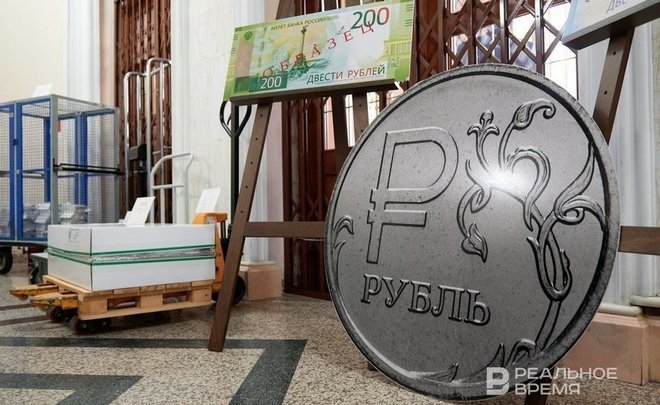
The rate has been increased from 13% to 15%
At the scheduled meeting of the board of directors on October 27, the Bank of Russia decided to raise the key rate by two percentage points to 15% per annum. This is reported by the press service of the regulator.
The next meeting of the board of directors of the Bank of Russia on the key rate is scheduled for December 15, 2023. The regulator will make further decisions on it “taking into account the actual and expected dynamics of inflation relative to the target, the development of the economy on the forecast horizon, as well as assessing the risks from internal and external conditions and the reaction of financial markets to them.”
“The current inflationary pressure has significantly increased and is developing above the expectations of the Bank of Russia. A steady increase in domestic demand increasingly exceeds the possibilities of expanding the production of goods and services. Inflation expectations remain at elevated levels. Lending growth rates remain high. Based on the new medium-term parameters of fiscal policy, the reduction of fiscal stimulus in the coming years will be slower than previously expected. In these circumstances, it is necessary to provide additional tightening of monetary conditions to limit the scale of the deviation of inflation upward from the target and its return to 4% in 2024," The Central Bank explained.
The regulator expects that an increase in the key rate to 15% “will accelerate the formation of monetary conditions necessary for balanced credit growth and ensuring stable disinflationary trends in the economy.”
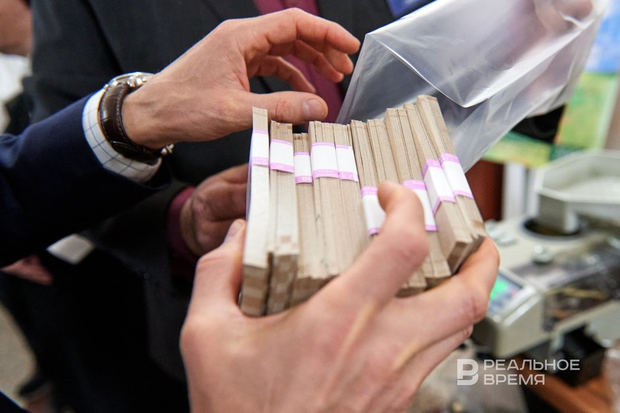
“This also means that in 2024, the pro-inflationary effect of a higher fiscal stimulus on domestic demand will be offset by a smaller credit impulse. In the baseline scenario, the Bank of Russia predicts a slowdown in the growth rate of the banking system's requirements for the economy to 5-10% in 2024 from 17-20% in 2023," the Central Bank stated.
“The meeting will largely determine the fate of both the financial and banking markets”
The experts interviewed by Realnoe Vremya predicted an increase in the key rate by the Bank of Russia at the meeting on October 27. Many agreed that the figure would reach 14%.
For example, Mikhail Zeltser, an expert on the stock market of BCS World of Investments, believes that it may take a long time to keep the key rate at a high level — “until consumer excitement subsides, and the ruble begins to recover through a narrowing of imports and demand for currency on the stock exchange”. He suggested considering the increase in the indicator as a tool to combat the rise in the cost of foreign currency.
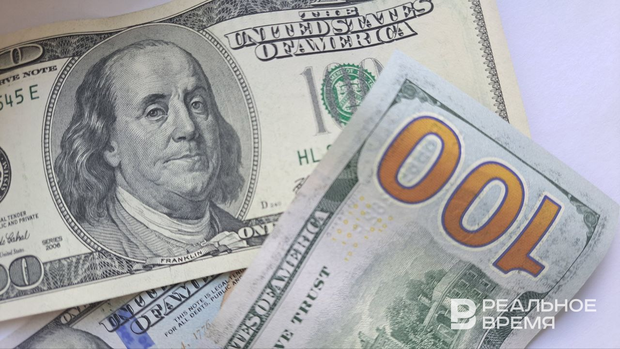
“The Bank of Russia has switched to a rate hike cycle and instead of abrupt changes is trying to act cautiously, assessing the effectiveness of measures already taken. From the point of view of the impact on the country's economy, the tightening of monetary policy is an integral step designed to cool and slow down economic activity both directly and indirectly, as well as to transfer the consumer to a savings model to prevent further inflation growth," said Portfolio Manager, Deputy Director of Investments at General Invest Dimitry Rezepov.
Olga Belenkaya, the head of the Macroeconomic Analysis Department at Finam, drew attention to the fact that the Bank of Russia's increase in the key rate by almost two times since July creates a problem for the budget in terms of the growth of public debt servicing costs and the implementation of concessional lending programmes. She recalled that the deputy head of the Ministry of Finance of the country, Vladimir Kolychev, indicated that with an increase of 1 percentage point, the department's expenses increase by about 200 billion rubles.
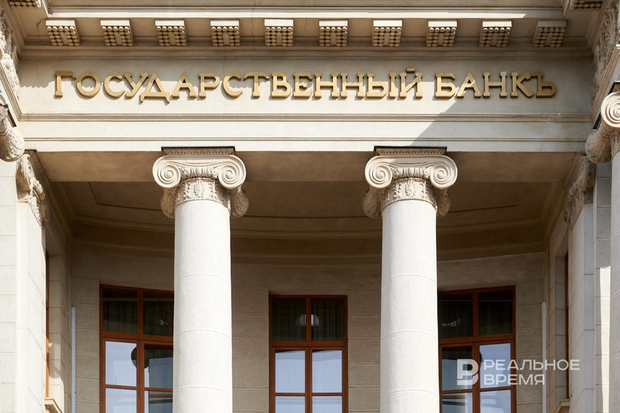
Dmitry Pyanov, the first deputy president and chairman of VTB Management Board, said before the meeting of the board of directors of the Central Bank that that decision of the regulator would determine the future of the financial and banking market for next year. He predicted that the key rate would be raised to 14-15%.
“Just as Waterloo determined the fate of Europe, so this meeting will largely determine the fate of both the financial and banking markets in the remaining 2023 and, above all, in 2024," he said.
On the eve of the meeting of the Bank of Russia at the opening of the Moscow Exchange, the dollar was 94,26 rubles. Finam analyst Alexander Potavin recalled that from October 16 to 23, the USD/RUB currency pair fell by 3% against a decrease of 3,15% a week earlier. On the morning of October 24, the dollar exchange rate dropped to 93,4 rubles — to the lowest level in the last month and a half.
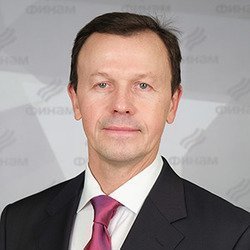
According to the analyst's forecast, in its active phase, the dollar exchange rate may remain weak against the ruble at least until the end of October. Stabilisation of the ruble's positions is expected in November-December.
The Bank of Russia moved to raise the rate after almost a year of stable 7,5%
The board of directors of the Central Bank began to raise the key rate in mid-summer. Prior to that, the indicator had been at 7,5% since September 2022. At the meeting on July 21, 2023, the members of the board of directors of the regulator decided to increase the key rate by one percentage point to 8,5%.
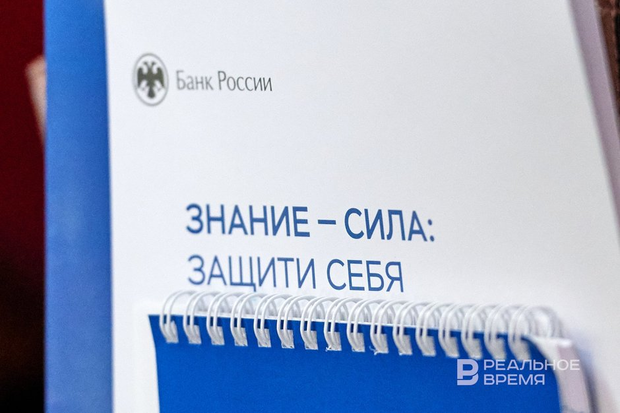
The next meeting of the board of directors of the Bank of Russia turned out to be extraordinary. Instead of the planned mid-September, its members gathered a month earlier — on August 15 — and increased the key rate by 3,5 percentage points to 12% per annum. The decision was explained to limit the risks to price stability.
The next meeting of the board of directors of the Bank of Russia was held a month later, according to the plan — on September 15, 2023. It raised the key rate for the third time in a row — it increased by one percentage point to 13% per annum.
Let us remind that the maximum key rate in the history of modern Russia was 20%. The Central Bank raised it to this level after the start of the special military operation last year. Until February 28, 2022, it was 9,5%.
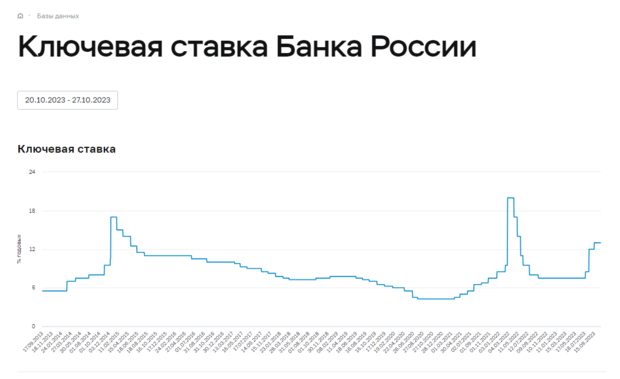
“The external conditions for the Russian economy have changed dramatically. The increase in the key rate will ensure an increase in deposit rates to the levels necessary to compensate for increased devaluation and inflation risks. This will help maintain financial and price stability and protect citizens' savings from depreciation," the Bank of Russia explained its decision in February last year.
Then the key rate gradually decreased. By the summer of last year, it reached the level at which it was held before the start of the special operation — 9,5%, and then completely dropped below — to 8% and 7,5% per annum.
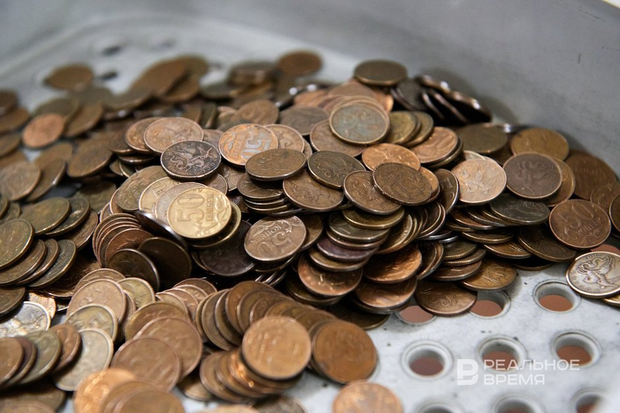
Realnoe Vremya publishes a chronology of the dynamics of the key rate since February 2022:
- February 28, 2022 — increase from 9,5% to 20% per annum;
- April 11, 2022 — decrease from 20% to 17% per annum;
- April 29, 2022 — decrease from 17% to 14% per annum;
- May 27, 2022 — decrease from 14% to 11% per annum;
- June 10, 2022 — decrease from 11% to 9,5% per annum;
- July 21, 2022 — decrease from 9,5% to 8% per annum;
- September 16, 2022 — decrease from 8% to 7,5% per annum;
- July 21, 2023 — increase from 7,5% to 8,5% per annum;
- August 15, 2023 — increase from 8,5% to 12% per annum;
- September 15, 2023 — increase from 12% to 13% per annum.